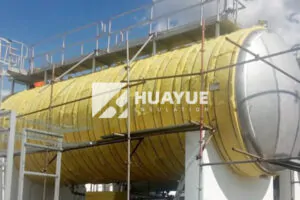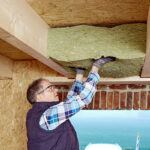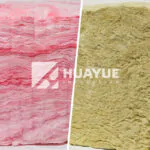What Is Fiberglass Blanket Insulation and Where Should You Use It?
Blanket insulation is a popular solution for large, open, and hard-to-reach spaces. Fiberglass blanket insulation covers those needs well.
Fiberglass blanket insulation comes in rolls and fits long spans. It works for walls, ceilings, ducts, and industrial piping, offering a flexible, energy-efficient barrier.
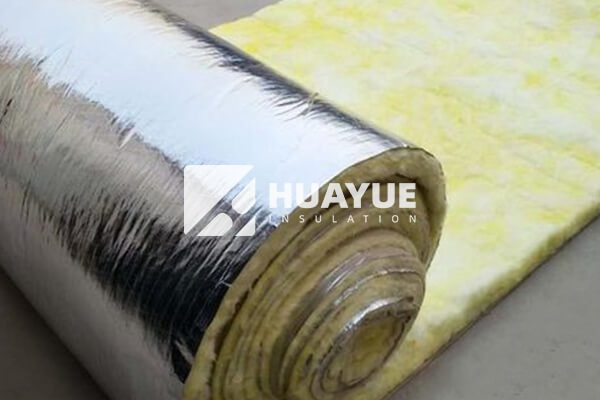
I often recommend fiberglass blanket insulation for projects where quick, large-area coverage saves time and money.
How Is Fiberglass Blanket Insulation Different from Batts?
People often confuse blanket and batt insulation, but their formats suit different jobs.
Blanket insulation is a continuous roll for cutting to length on-site, while batts come pre-cut to fit standard framing spaces.
Blanket rolls stretch long distances and are best for industrial or wide-open commercial settings. Batts fit quickly into standard cavity widths. Both use glass wool, but their form affects speed and flexibility during installation.
| Product | Form | Best Use |
|---|---|---|
| Blanket insulation (rolls) | Roll | Long spans, custom lengths |
| Batt insulation | Precut | Standard stud bays |
Where Is Fiberglass Blanket Insulation Most Useful?
Projects with long, open frames or odd sizes benefit from the flexibility of blanket insulation.
Blanket insulation works best for warehouse walls, metal building roofs, large ducts, or large tanks where quick, seamless coverage is needed.
I have applied blanket insulation in industrial and commercial buildings—especially where custom lengths make jobs simpler and more efficient than with batts alone.
| Area | Why Use Blanket Insulation |
|---|---|
| Warehouse roofs | Easy to cover long runs |
| Industrial piping | Cut to fit on-site |
| Metal walls | Quick, seamless application |
How Do You Install Fiberglass Blanket Insulation?
Blanket insulation is designed for simple handling and speedy coverage.
Install blanket insulation by unrolling, cutting to the needed length, and fastening in place—either within frames, above ceilings, or around ducts and tanks.
The process usually requires just a utility knife, fasteners, and a little patience. Teams can finish large projects in hours, not days. This ease makes blanket insulation popular for new builds and fast retrofits.
| Step | Action |
|---|---|
| Measure/mark length | Roll out blanket |
| Cut to size | Use knife/shears |
| Attach in position | Staple/fasten/tape |

Does Fiberglass Blanket Insulation Offer Good Thermal and Sound Control?
Blanket insulation blocks heat, cold, and noise over wide areas.
Fiberglass blanket insulation provides high R-values, keeping temperatures steady and controlling sound for large rooms, warehouses, or production spaces.
The thick, flexible product traps air, making heat transfer and noise much harder. It does the job for both temperature-critical and noise-sensitive applications.
| Control Factor | Level Provided |
|---|---|
| Heat/cool transfer | High |
| Sound absorption | Excellent |
Conclusion
Fiberglass blanket insulation provides fast, flexible coverage for big jobs, offering thermal and acoustic comfort for a wide range of projects.
You may also be interested in:
Ready to Get Started?
Get in touch with our experts for personalized solutions tailored to your needs.
Get Free QuoteLatest Articles
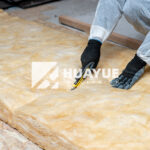
How to Cut Fiberglass Insulation Easily and Safely?
Nov 21, 2025
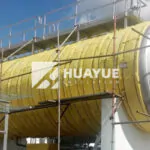
Does fiberglass insulation burn?
Nov 19, 2025
Let's Work Together
Ready to take your business to the next level? Get in touch with our team of experts and let's discuss how we can help you achieve your goals.
Get Free Solutions


